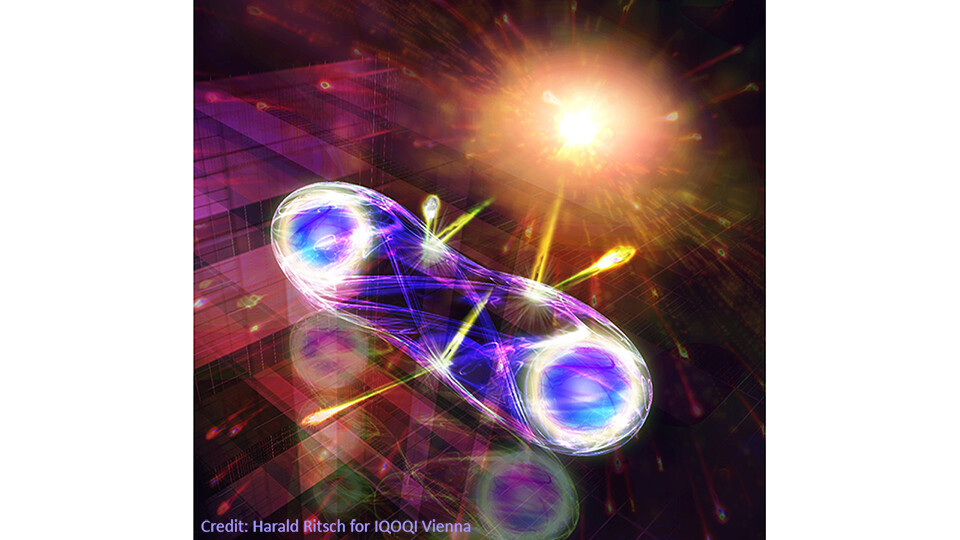Researchers are investigating light-emitting defects in materials that may someday form the basis of quantum-based technologies, such as quantum computers, quantum networks or engines that run on light. Once understood, these defects can become controllable features.
A team of Stanford University material scientists, physicists and engineers, in collaboration with labs at Harvard University and the University of Technology Sydney, have been investigating hexagonal boron nitride, a material that can emit bright light as a single photon at a time. And it can do this at room temperature, making it easier to use compared to alternative quantum sources.
By employing a combination of microscopic methods, the scientists were able to trace the material’s colorful emission to specific atomic defects. A group led by co-author Prineha Narang, assistant professor of computational materials science at Harvard University, also developed a new theory to predict the color of defects by accounting for how light, electrons and heat interact in the material.
By stretching the capabilities of a one-of-a-kind, modified electron microscope developed by the Dionne lab, the scientists were able to match the local, atomic-scale structure of hexagonal boron nitride with its unique color emission. Over the course of hundreds of experiments, they bombarded the material with electrons and visible light and recorded the pattern of light emission. They also studied how the periodic arrangement of atoms in hexagonal boron nitride influenced the emission color.
The researchers describe their technique and different categories of defects in a paper published in the journal Nature Materials. (Stanford University)
Read more.

